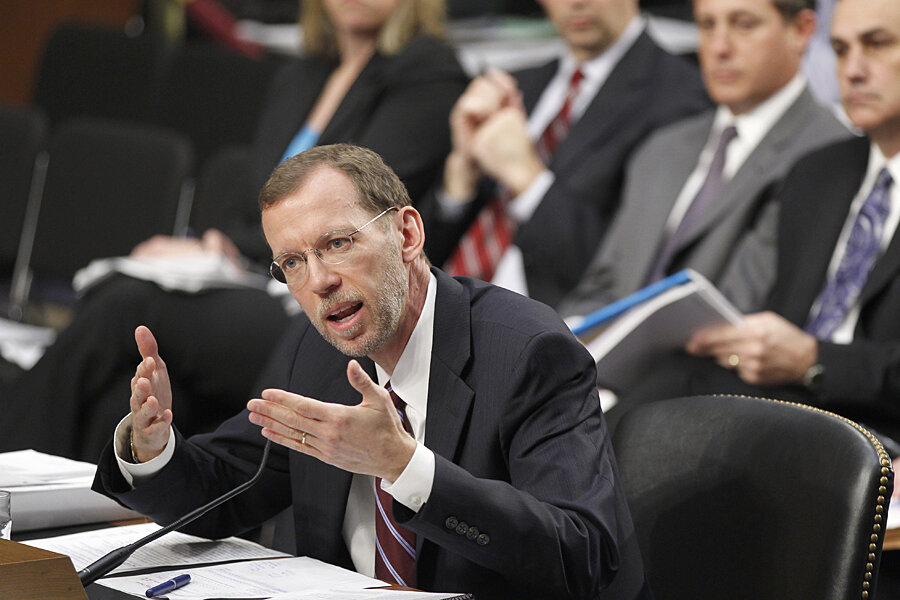Congressional Budget Office's budget outlook shows problems still linger
Loading...
The newest Congressional Budget Office long-term budget outlook, released today, is more evidence that the long-term federal budget problem may be forgotten, but it is not gone.
Here are six takeaways.
- The size of the budget deficit today isn’t a problem, and it’s not much of a problem for the next few years either. “If current laws governing taxes and spending stayed generally the same…the anticipated further strengthening of the economy and constraints on federal spending built into law would keep deficits between 2.5 percent and 3 percent of GDP from 2015 through 2018,” CBO said. But after that, CBO projects the deficit gets bigger again, reflecting an aging population and rising health costs even if Congress surprises outside analysts and sticks to the caps on annually appropriated spending it has written into law.
- The federal debt, measured as a percentage of GDP, is a historically high 74 percent today. It’ll rise to 106 percent of GDP over the next 25 years, which would be tied for the highest in U.S. history, the level attained as a result of World War II. Back then, the debt-to-GDP ratio fell steadily from the peak; this time, CBO projects it’ll keep climbing unless Congress does something.
- There is significant uncertainty around these long-term projections, but that is not a reason to ignore them. CBO examines the effects of variation in four items — mortality rates, productivity, interest rates, and health spending. CBO finds that if all four items move in the same direction in terms of their impact on the budget by a moderate amount, the debt-GDP ratio could be as low as 75 percent in 2039, roughly where it is today, or as high as 160 percent.
- The magnitude of the changes in policy needed to ensure that the debt-GDP ratio in 2039 returns to its historical average over the last 40 years – around 39 percent – depends on when corrective policies are initiated. If policies were initiated next year, then it would take a cut non-interest spending or an increase in taxes or a combination equal to 2.6 percent of GDP on an annual basis – about $465 billion in today’s economy. If we wait until 2020, it would require annual cuts of 3.5 percent of GDP. Twenty-five years may seem like a long time from now, but the longer we wait, the larger the changes will need to be.
- All of these numbers are based on what CBO calls its “extended baseline,” which is predicated on a number of “optimistic” assumptions (from the perspective of debt reduction), namely that all expiring tax provisions are allowed to expire, that tax revenues are allowed to rise continually as a share of GDP that economic growth pushes people into higher tax brackets over time, that there are no major wars, that Medicare reimbursement rates are allowed to drop significantly and spending other than Social Security, health care, and a few refundable tax credits (that is defense, education, infrastructure, research) falls continually as a share of the economy, hitting its lowest share of the economy in more than 70 years.
- In an “alternative” scenario that adjusts for these assumptions, one might term it a more realistic view of current policies, CBO finds that the debt-GDP ratio would rise to 163 percent by 2039 – and to 183 percent if the economic ill effects of very high government borrowing is factored in.
.







